How to grow Coconut, Coconut trees, with their towering forms and lush green fronds, conjure up vivid images of tropical paradises and serene sandy beaches. However, what many don’t realize is that these iconic trees can be cultivated right in the comfort of your own backyard. Delving into the realm of coconut cultivation not only infuses your garden with an exotic allure but also grants you access to a fresh and bountiful supply of coconuts. Embark on this journey with us as we unveil the secrets to successfully growing coconut trees in your home garden, step by step.
1. Selecting the Right Variety
Embarking on the coconut-growing endeavor begins with the crucial step of selecting the appropriate coconut variety tailored to your specific climate conditions. With a myriad of choices available, ranging from tall to dwarf varieties, it’s essential to match the characteristics of the coconut tree with the environmental nuances of your region. While tall varieties flourish in tropical climates, their dwarf counterparts exhibit adaptability, thriving in subtropical regions and even within the confines of indoor spaces.

2. Climate and Location
Thriving in warm, tropical climates replete with ample sunlight and moisture-laden air, coconut trees demand a nurturing environment devoid of frost. Thus, meticulous consideration must be given to the location of your coconut tree, ensuring it basks in the radiant warmth of the sun while being shielded from harsh cold spells. For those residing in cooler climates, the provision of a greenhouse or indoor setting can serve as a viable alternative, fostering optimal conditions for coconut cultivation, especially when learning “How to Grow Coconut.”
3. Soil Preparation
The foundation for successful coconut cultivation lies in the preparation of the soil, a task that warrants careful attention to detail. Crafting a nutrient-rich blend entails the harmonious amalgamation of compost, sand, and perlite, thereby facilitating superior drainage and ensuring the optimal growth of coconut trees. Additionally, catering to the preferences of coconut trees, the soil’s pH level should ideally range between 5.5 to 7.0, offering an acidic to neutral milieu conducive to robust growth.
4. How to grow Coconut, Planting
With preparations complete, the momentous occasion of planting your coconut tree arrives, symbolizing the commencement of a transformative journey. The act of planting necessitates the excavation of a hole twice the width and depth of the root ball, providing ample room for the nascent tree to establish its roots firmly. Tenderly nestling the tree within its newfound abode, diligent backfilling ensues, ensuring the soil envelops the base snugly. Subsequent hydration, via thorough watering, serves as a nurturing gesture, fostering the tree’s initial stages of growth.
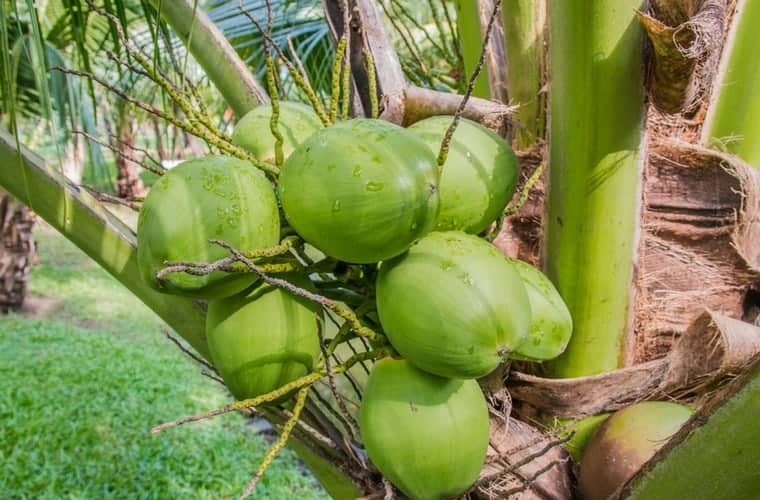
5. Watering
An indispensable aspect of coconut tree care revolves around the consistent provision of moisture, particularly during the formative years of growth. Sustaining a delicate balance, the soil must remain adequately moist, albeit refrain from succumbing to waterlogged conditions. As the winter months usher in dormancy, a judicious reduction in watering frequency aligns with the tree’s altered physiological needs, safeguarding against potential inundation.
6. Fertilizing
How to grow Coconut, Augmenting the nutritional profile of the soil necessitates periodic fertilization, a practice underscored by the infusion of a balanced fertilizer rich in potassium and magnesium. Executed at three-month intervals throughout the growing season, this regimen complements the tree’s inherent nutritional requirements, bolstering its vitality and resilience.
7. Pruning
Promoting the tree’s aesthetic appeal and physiological vigor, regular pruning emerges as an imperative facet of coconut tree maintenance. Targeting dead or damaged fronds, this corrective measure stimulates new growth while mitigating the risk of disease proliferation. Additionally, the removal of suckers arising from the base of the tree fosters the cultivation of a singular, robust trunk, epitomizing the epitome of coconut tree elegance.
8. Pollination
While nature often orchestrates the intricate dance of pollination, intervention may be warranted in certain scenarios, particularly for those nurturing dwarf coconut varieties within indoor confines. Facilitating the dissemination of pollen, a gentle shaking motion during the flowering phase suffices, ensuring the seamless progression towards fruit-bearing fruition.
9. Pest and Disease Management
Vigilance serves as the cornerstone of effective pest and disease management, with coconut trees, albeit resilient, susceptible to the occasional infestation or ailment. From the menace of coconut mites to the insidious onset of root rot, prompt detection and remedial action are paramount, safeguarding the tree’s well-being and productivity.

10. Harvesting
The culmination of years of nurturing, leading to the eagerly anticipated moment of harvesting, marks the fruition of your laborious efforts in mastering “How to Grow Coconut”. With the coconut’s husk transitioning to a rich brown hue and gracefully detaching from the tree, the time for harvest has arrived. Armed with a machete or knife, the husk yields to deft incisions, revealing nature’s bounty within—fresh, invigorating coconut water and luscious, nutrient-rich flesh await your indulgence.
Conclusion
In conclusion, embarking on the journey of coconut cultivation within the confines of your home garden heralds a gratifying odyssey, replete with botanical marvels and culinary delights. By adhering to the tenets outlined within this comprehensive guide, you are poised to unlock the secrets to successful coconut cultivation, paving the way for a bountiful harvest and an enduring connection with nature’s tropical treasures. So, with sleeves rolled up and spirits ignited, let the adventure commence as you delve into the wondrous world of homegrown coconuts, where every step brings you closer to the paradisiacal allure of the tropics, right in your very own backyard.

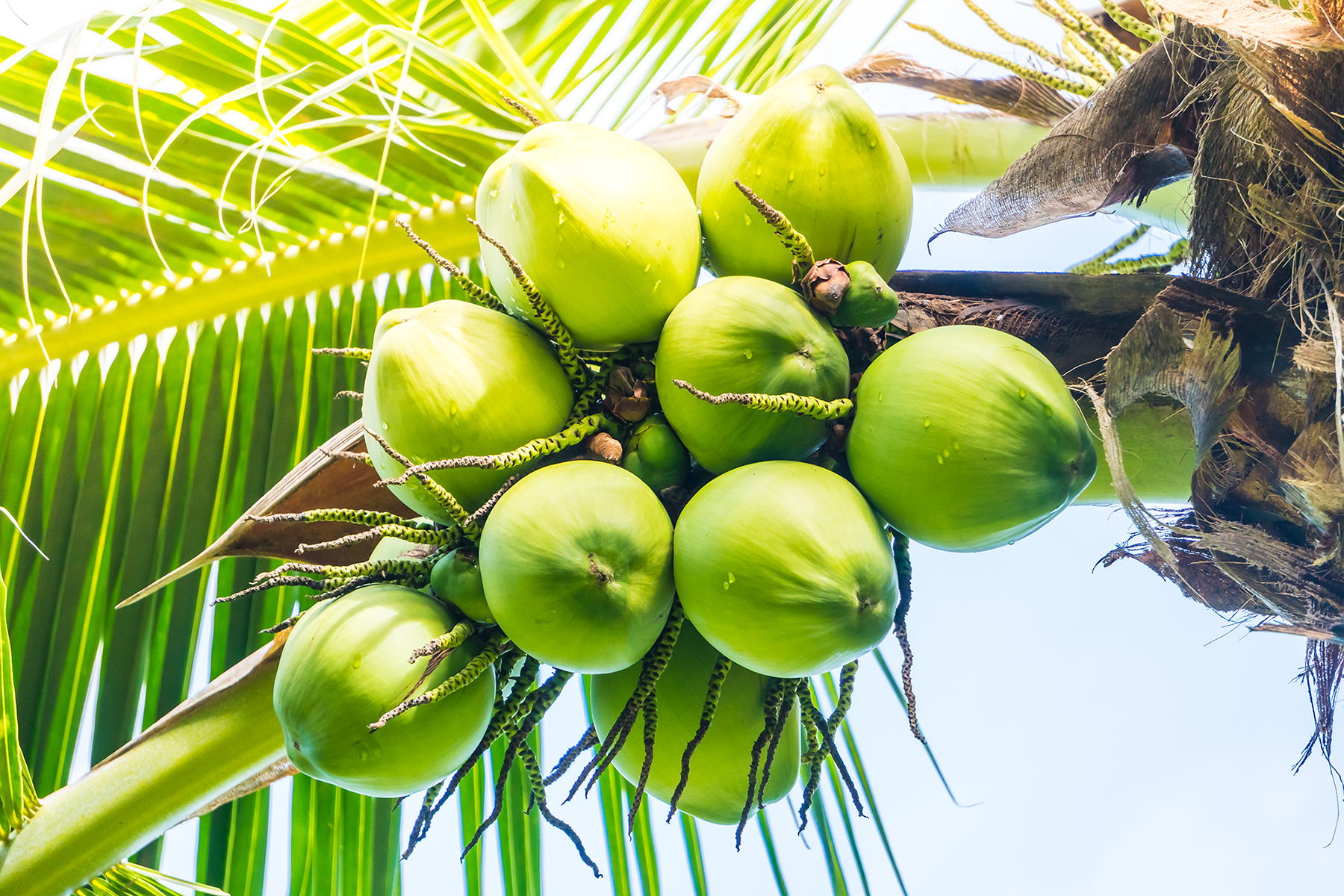

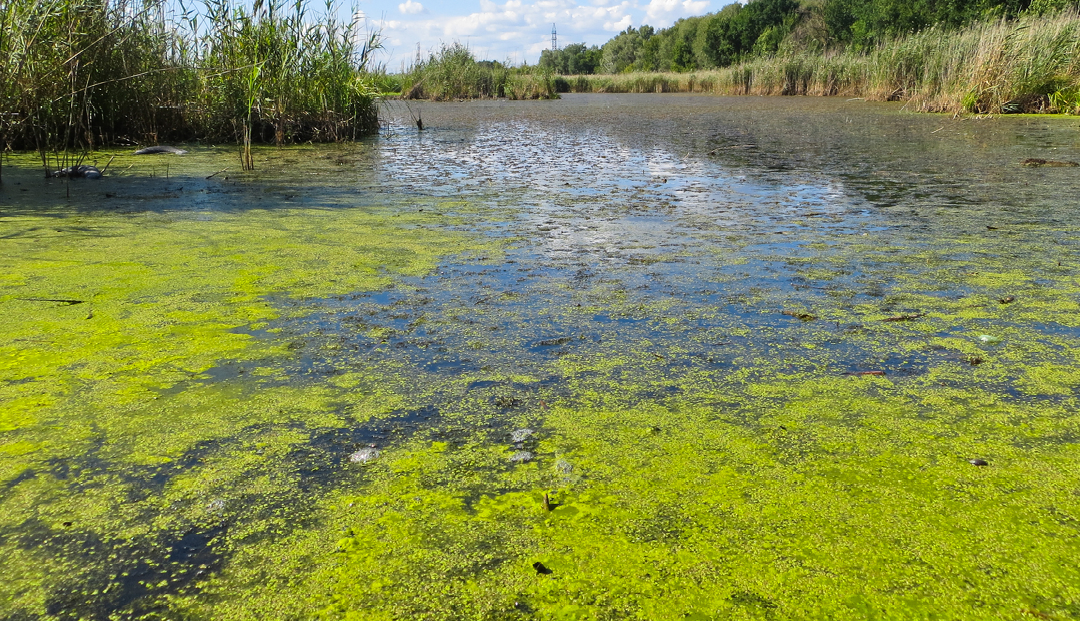
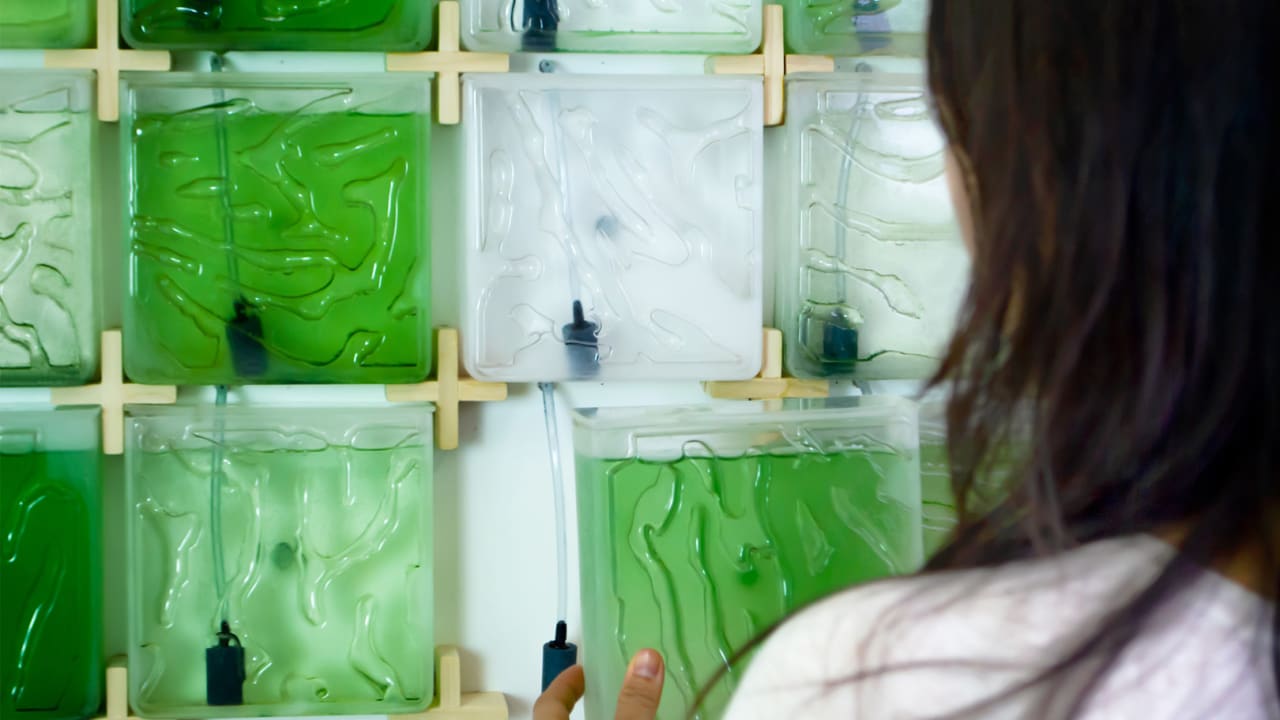
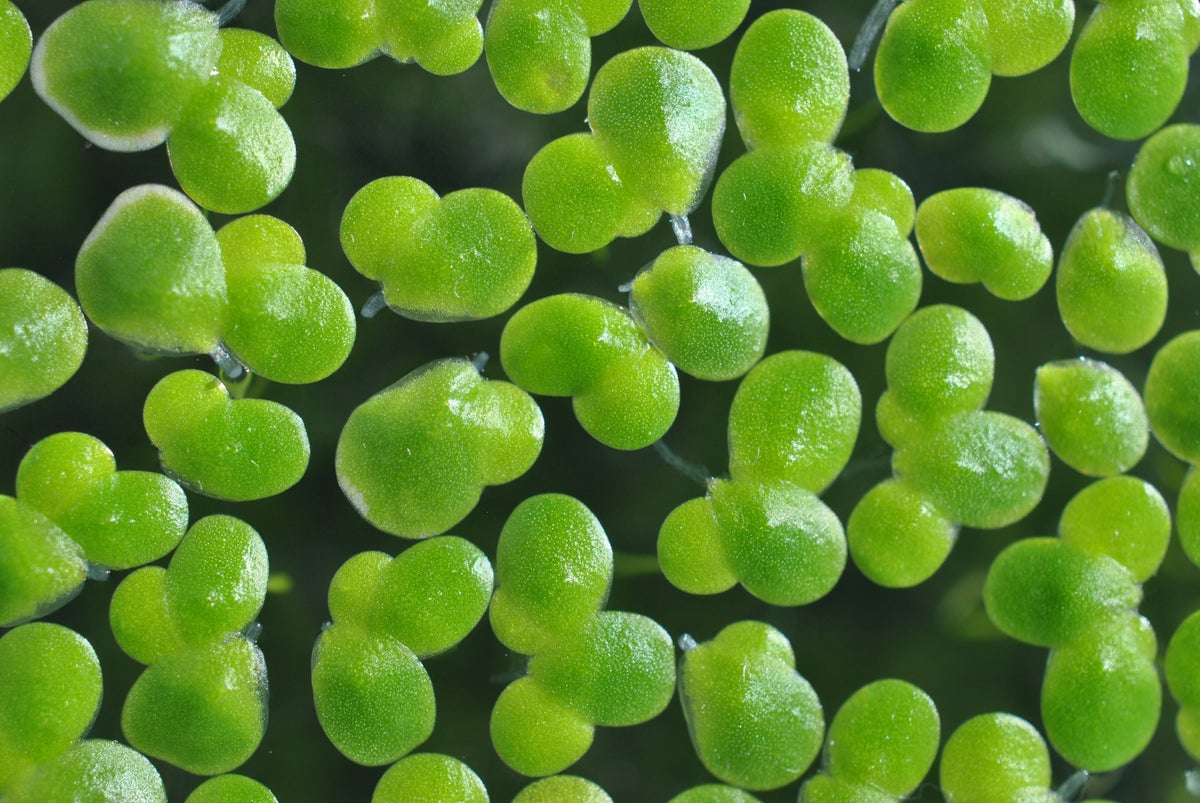



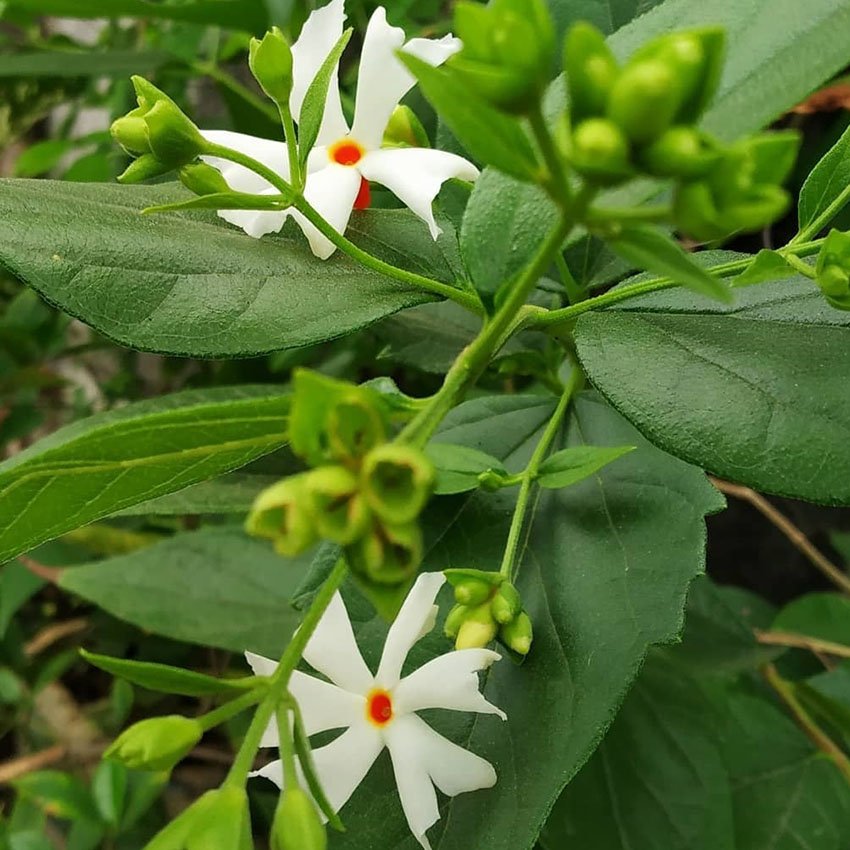
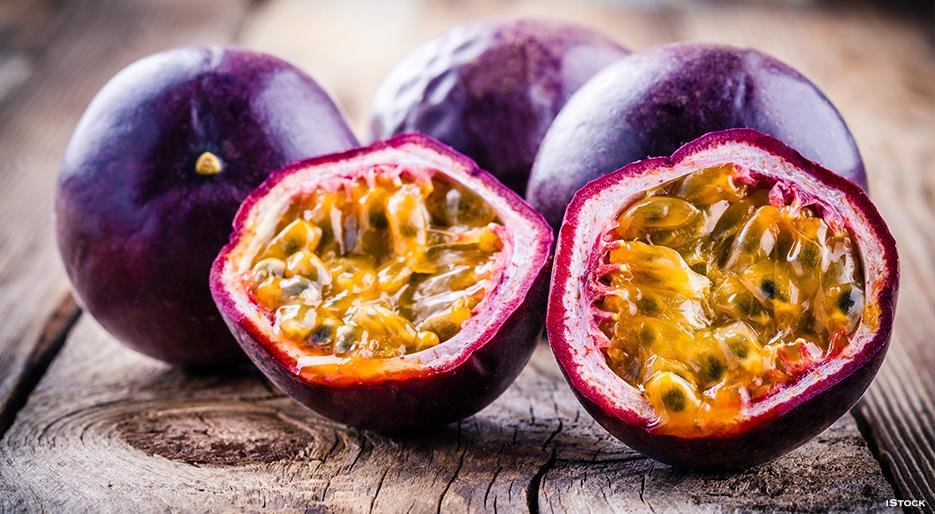

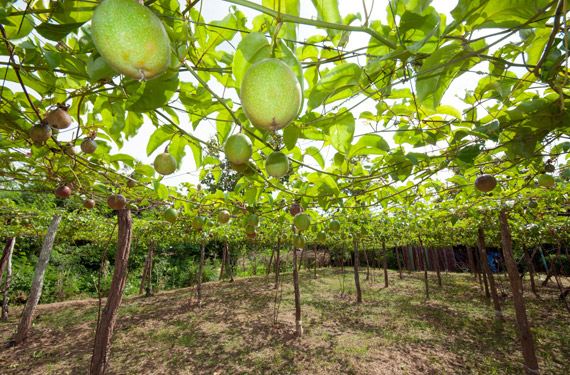
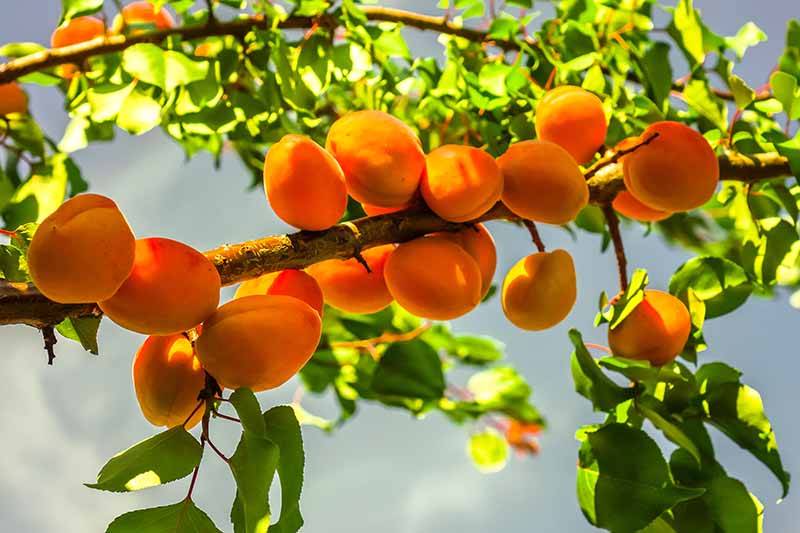


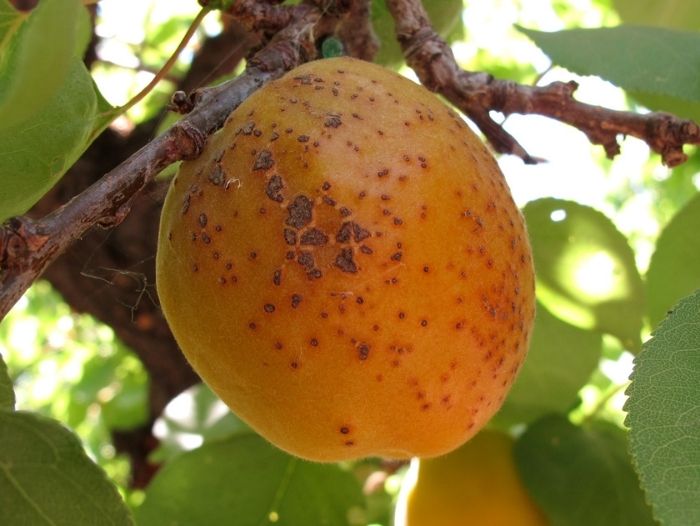
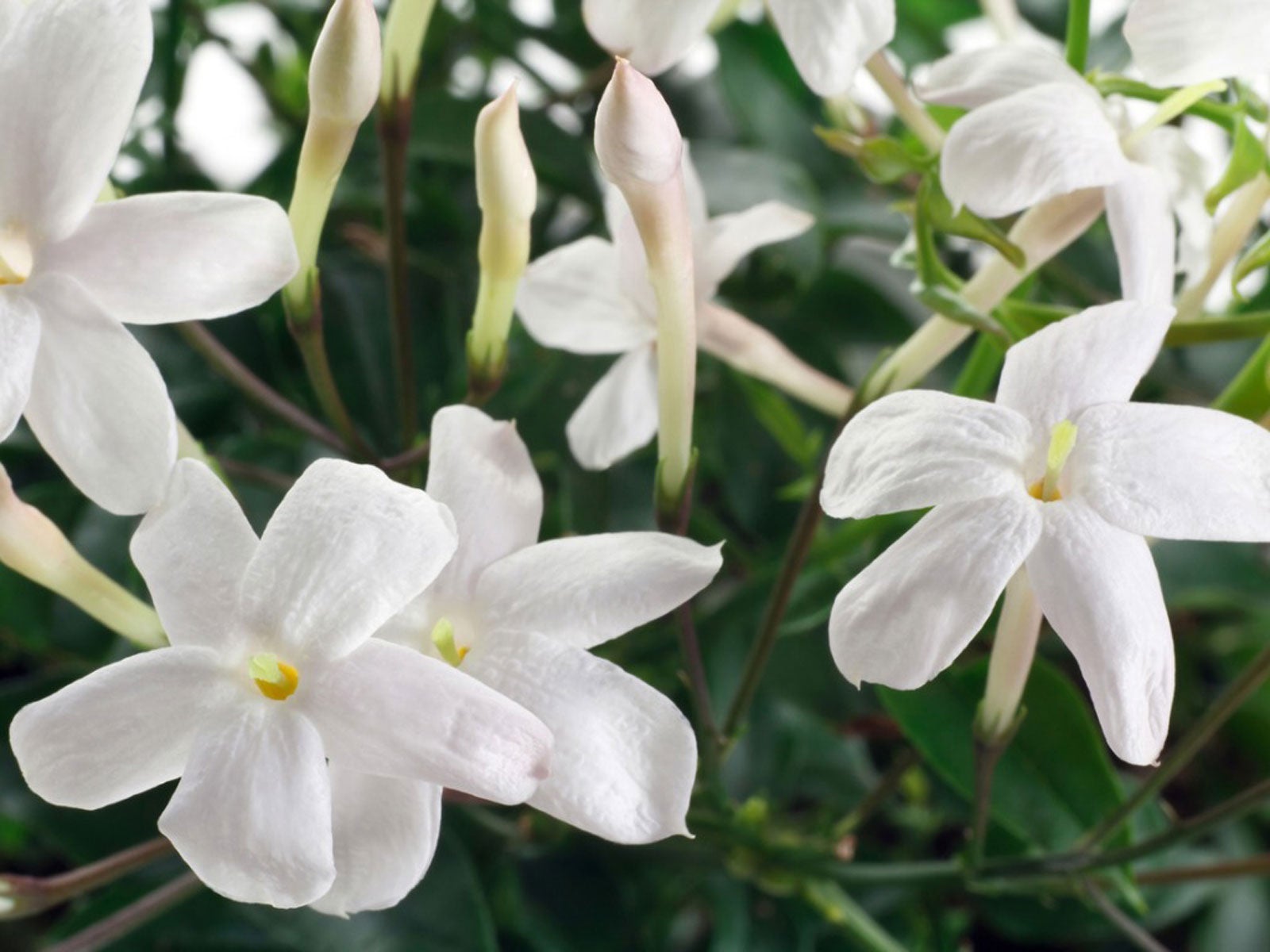

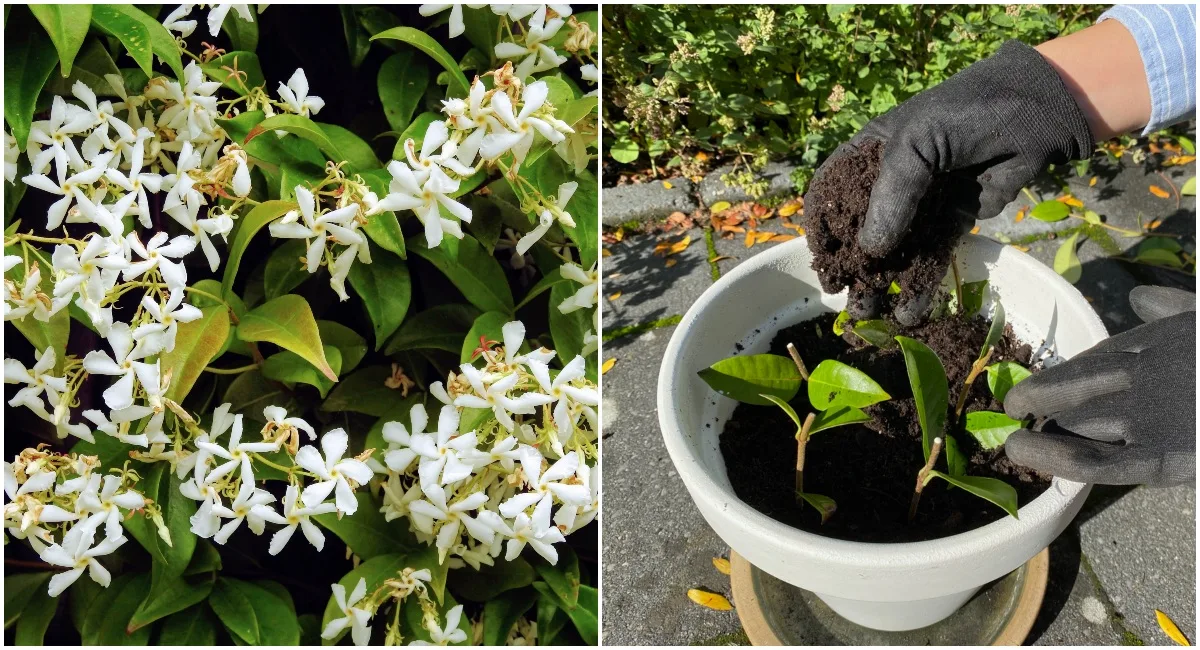
![Jasmine Plant Care [6 Tips + FAQs] | How to Grow Jasminum Polyanthum | homify](https://images.homify.com/image/upload/c_scale,w_723,q_auto,f_jpg/v1637221355/p/diy/photos/qaiist1qvy55knaspsol.jpg)
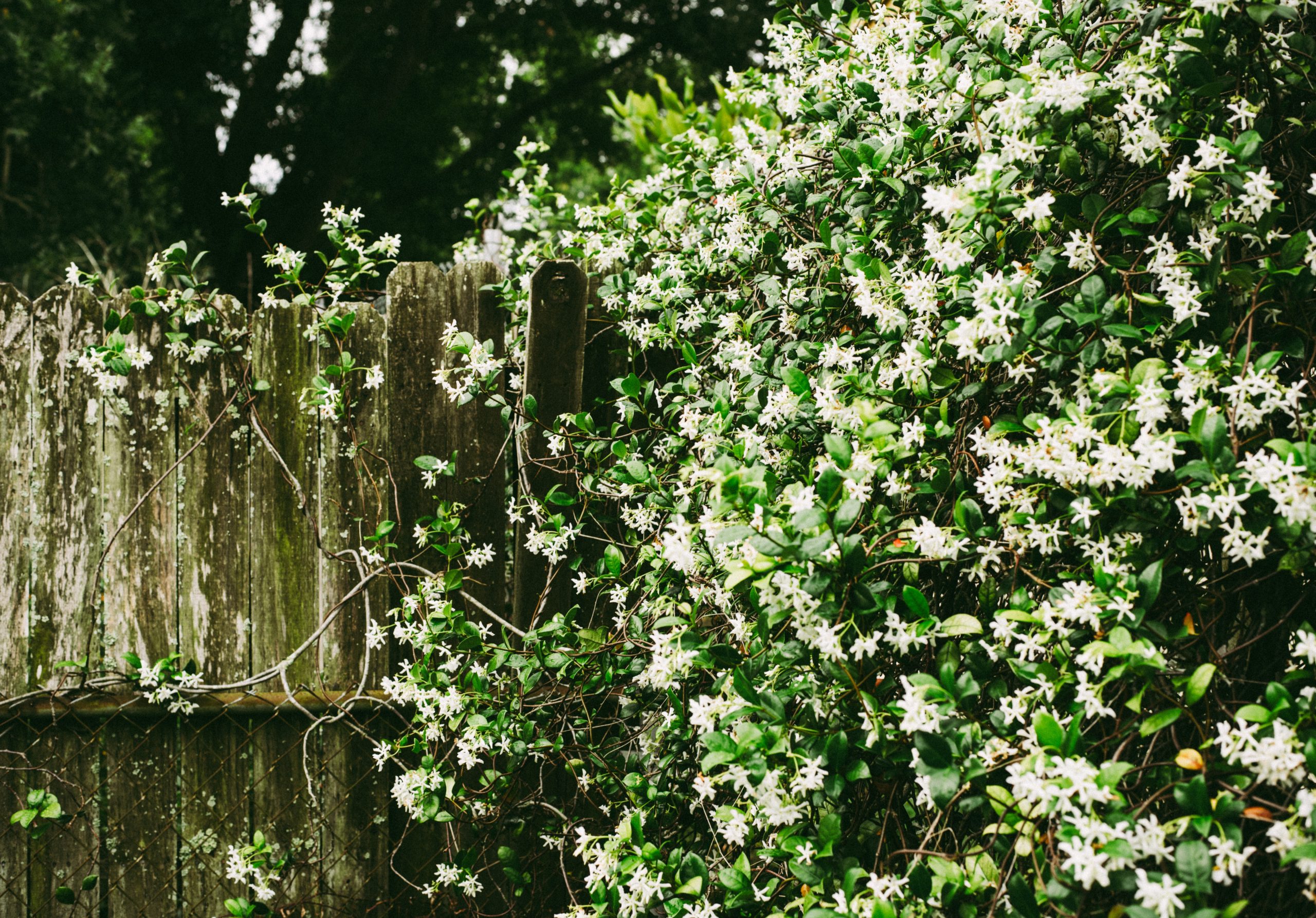



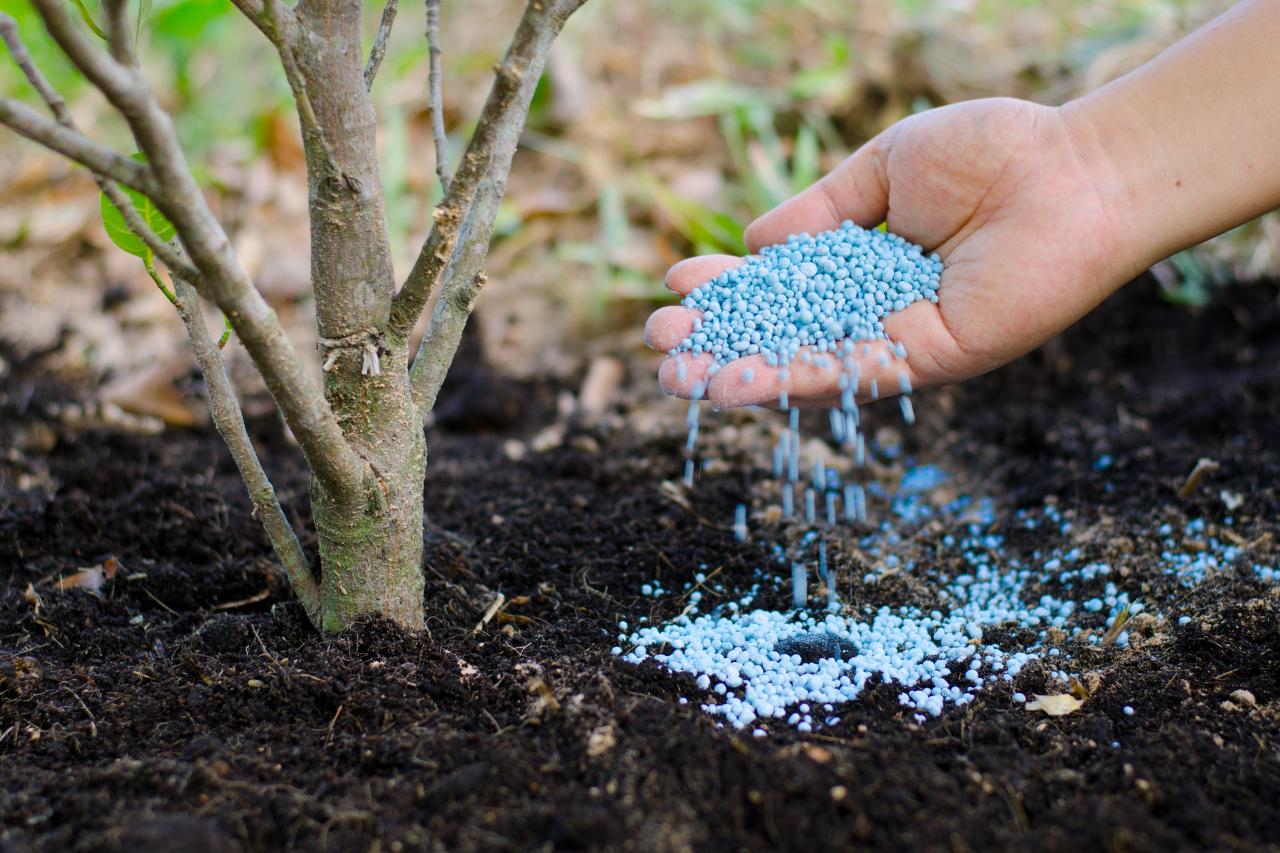



:strip_icc()/multiple-plants-inside-half-barrel-planter-659ac337-43f120497c77413aac0c57af12bd53bd.jpg)
:max_bytes(150000):strip_icc()/great-vegetables-to-grow-in-containers-848214-hero-65f115c9dab2463293b8296e85a73a71.jpg)
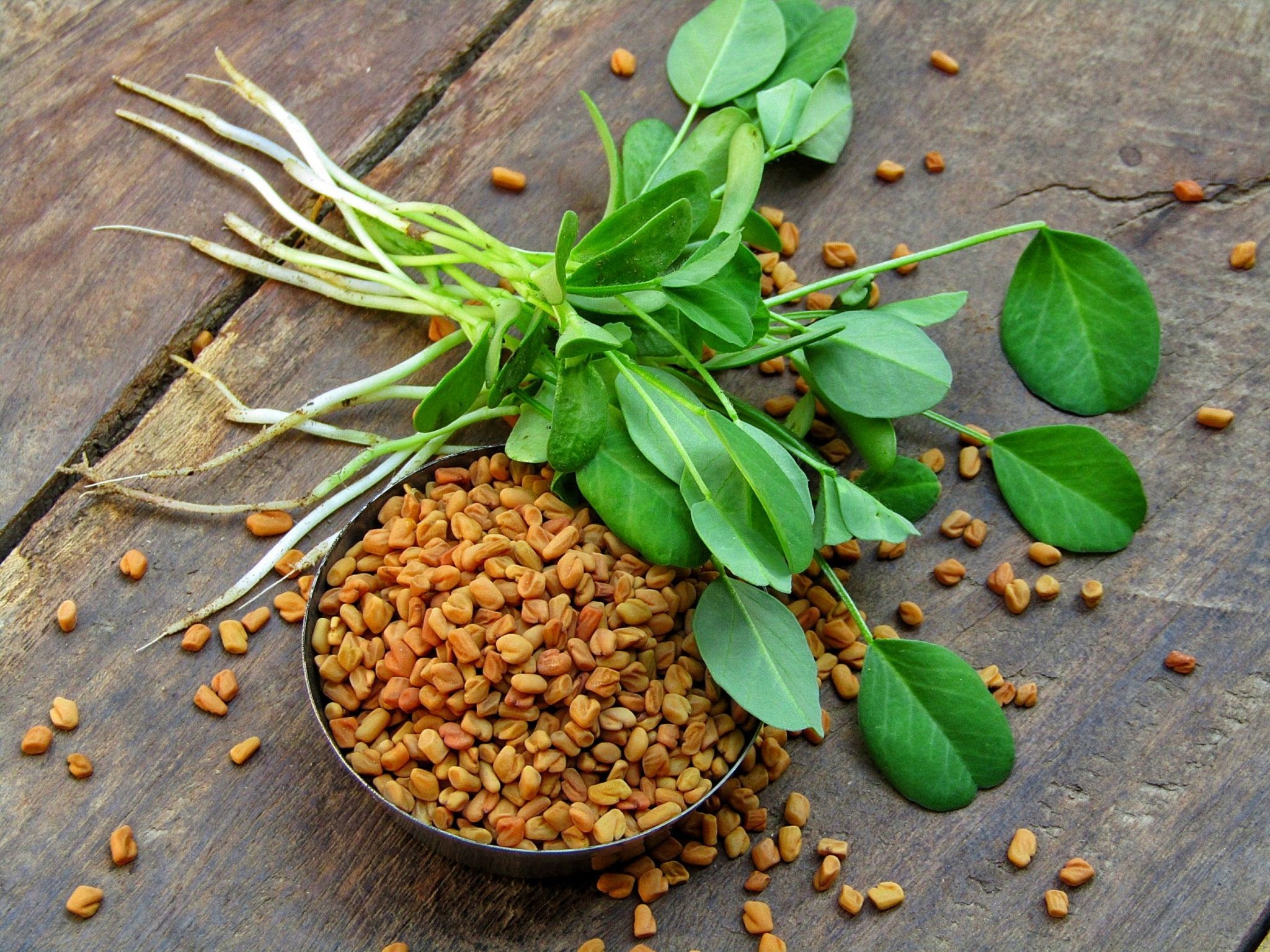

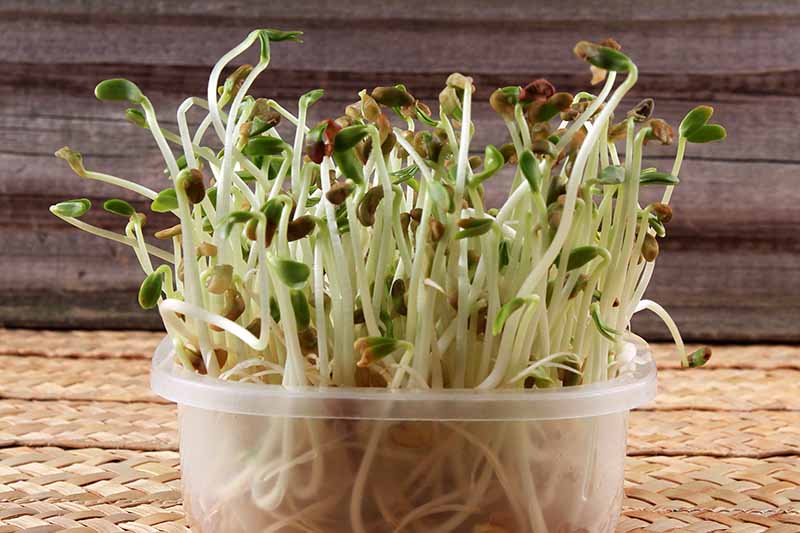




:max_bytes(150000):strip_icc()/growing-clove-trees-5089231-01-05c2758d2e894df284d9399c57411559.jpg)
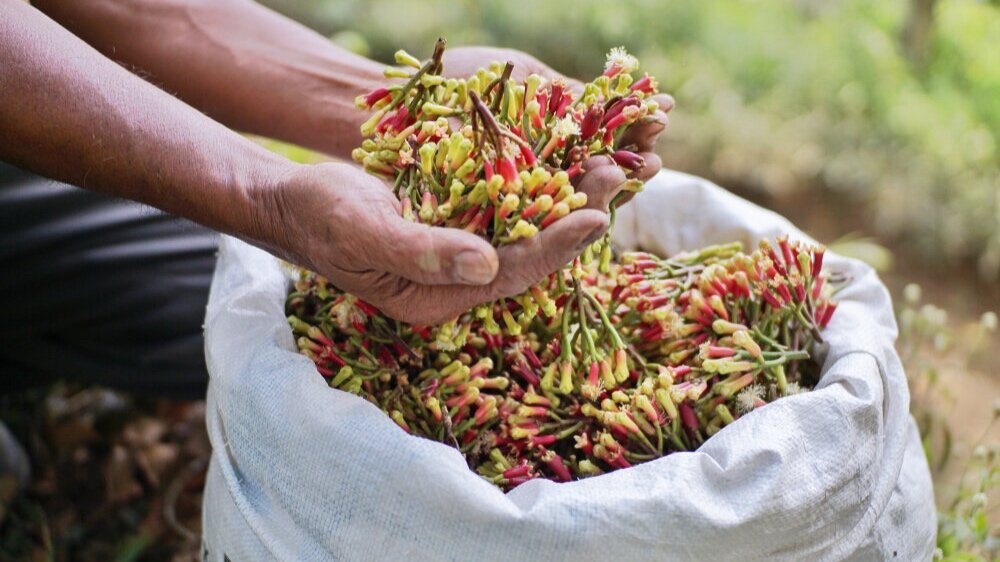
:max_bytes(150000):strip_icc()/GettyImages-1144769011-28ed184dd64e4f56813b91f6c6ca5eef.jpg)